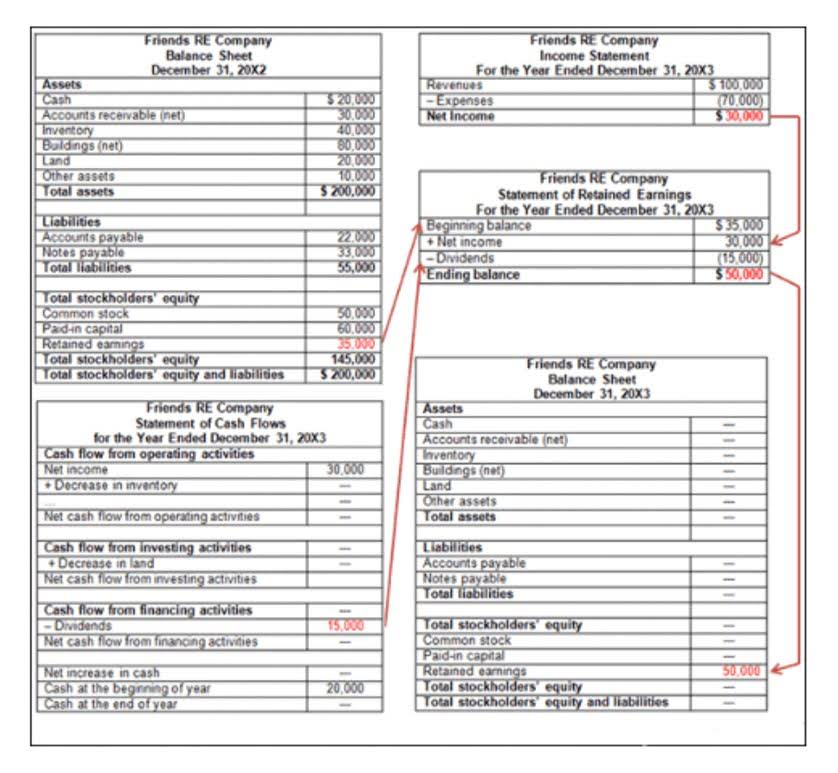Stocks: What They Are, Main Types, How They Differ From Bonds
Content

But those who buy and hold stocks for many decades usually end up making money. In an IPO, a company is basically selling a part of itself for cash. After the IPO, investors and traders can then buy and sell https://www.bookstime.com/articles/top-virtual-bookkeeping-services the company’s shares on the stock market. However, many stock investors these days don’t even buy individual stocks. Instead, they invest in ETFs or mutual funds that hold a basket of different stocks.
Since stocks and bonds generate cash differently, they are taxed differently. Bond payments are usually subject to income tax, while profits from selling stocks are subject to capital gains tax (which is lower for some brackets). Bonds can also be sold on the market for a capital gain, though for many conservative what are stocks and bonds investors, the predictable fixed income is what’s most attractive about these instruments. Similarly, some types of stocks offer fixed income that more resembles debt than equity, but again, this usually isn’t the source of stocks’ value. Same as with bonds, companies issue stocks to raise money from investors.
Who Issues Bonds?
Here’s a sampling of some major bond types, from least to most risky. Get stock recommendations, portfolio guidance, and more from The Motley Fool’s premium services. If you own a majority of shares, your voting power increases so that you can indirectly control the direction of a company by appointing its board of directors. A person, company, or institution that owns at least one share of a company’s stock.
- Stocks earn more interest, but they carry more risk, so the more time you have to ride out market fluctuations, the higher your concentration in stocks can be.
- Below, we will discuss stocks, bonds, and the differences between them.
- Stocks are issued by companies to raise capital to grow the business or undertake new projects.
- In contrast to fixed-income instruments, stocks do not provide a fixed amount of return; in fact, the return that they yield can fluctuate very significantly.
- Once you decide on an investment platform, you need to pick an account type.
- Now that you know the difference between stocks and bonds, it’s up to you to decide which investment type is best for you and your financial goals.
- Likewise, if interest rates soared to 15%, then an investor could make $150 from the government bond and would not pay $1,000 to earn just $100.
Stocks earn more interest, but they carry more risk, so the more time you have to ride out market fluctuations, the higher your concentration in stocks can be. But as you near retirement and have less time to ride out rough patches that might erode your nest egg, you’ll want more bonds in your portfolio. A bond is a fixed-income instrument, which is one of the three main asset classes, or groups of similar investments, frequently used in investing. Buying stocks has never been easier, with a wide range of reputable online brokers offering low-cost (or no-cost) trades and different kinds of accounts, depending on your needs. Many brokers also offer very low or even zero-commission trading, as well as fractional investing, which allows you to invest a set amount of money in a stock even if it’s less than one full share.
Finding the right balance of stocks and bonds for your age
The easiest way to buy bonds is to invest in bond mutual funds or bond exchange-traded funds (ETFs). Funds own large, diversified fixed-income portfolios comprising hundreds or even thousands of bonds. Even when interest rates are low, fixed-income investments like high-yield debt or emerging market bonds can meet an investor’s need for income, although they carry additional risks. All investing is subject to risk, including the possible loss of the money you invest.
Duration is expressed in units of the number of years since it originally referred to zero-coupon bonds, whose duration is its maturity. The market prices bonds are based on their particular characteristics. A bond’s price changes on a daily basis, just like that of any other publicly traded security, where supply and demand at any given moment determine that observed price. These funds can provide diversified exposure to the bond types you want, and you can mix and match bond ETFs even if you can’t invest a lot of money at a time. Different types of bankruptcy, such as Chapter 11, affect bondholders and shareholders in different ways than the above, but generally bondholders come out on top when compared to shareholders. Neither are very likely to get back all of their investment, however, which proves yet again the importance of careful investment.
What Is an Example of a Bond?
Things could have been worse but stocks enjoyed a strong final week of the month, boosted by economic data that showed the labor market cooling off. That strengthens the idea that there will be fewer rate hikes with the Fed keen to avoid a spike in unemployment. Microchip designer ARM Holdings said it’s seeking to price its initial public offering between $47 and $51 per share, raising up to $4.9 billion.

When it comes to stocks vs. bonds, one isn’t better than the other. They serve different roles, and many investors could benefit from a mix of both in their portfolios. The investing information provided on this page is for educational purposes only.
